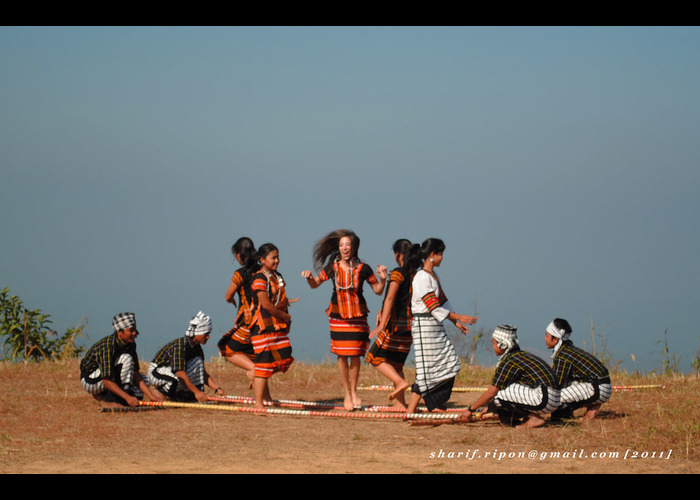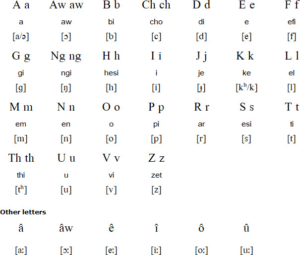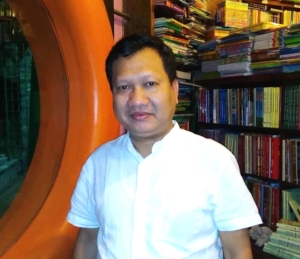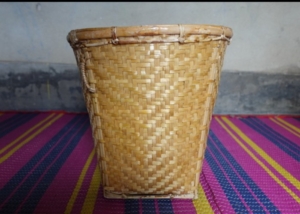BAWM Language and Alphabet
![]()

image: Collected
The Bawm are a Mongoloid ethnic group who speak a Kuki-Chin language, a branch of the Tibeto-Burman language family. They have their own unique language, which did not have a written alphabet until the arrival of Christian missionaries. Around 1894, two Christian missionaries, Rev. L.H. Lorrain and Rev. E.W. Savidge, introduced an alphabet based on the Roman script to the Bawm community. This new script was used to publish portions of the Bible, religious tracts, dictionaries, and other religious materials. Evangelists from Mizoram, who spoke the Lushai language, helped spread this script among the Bawm and Pangkhua communities, both of whom now use the same writing system.
Initially, the Bawm community used the Bible and hymns in the Lushai (now Mizo) language, especially after the conversion to Christianity began around 1918. Today, the Bible has been translated into the Bawm language, and religious songs, commentaries, booklets, and magazines like Kawhmi Arti are published in Bawm by the Evangelical Christian Church. The Bawm Students’ Association has also published a Bawm-English dictionary edited by Zirkung Sahu, along with an annual magazine titled Menrihoy.

The Bawm language is actively used in various social and community contexts, including letters, transactions, bookkeeping, meeting minutes, records, and everyday communication. About 80% of the Bawm community are literate in their own language, which is a significant achievement. Basic literacy books such as Bawm Premier are used to teach children through family, church, or community initiatives. The use of the Roman alphabet has made reading and writing in Bawm accessible and widespread.
Today, the Bawm language is not only used within the community but also extends beyond it. People from different areas of Mizoram in India, as well as those from the Chin Hills of Myanmar, use the Bawm language for communication. This widespread use highlights the importance and vitality of the Bawm language, which continues to serve as a vital medium of cultural and social identity for the Bawm people.
References:
Amy Kim, P. R. (2011). The Kuki-Chin Communities of Bangladesh: A sociolinguistic survey. Dhaka: SIL International.
Bawm. (2024, September 25). Retrieved from Omniglot: https://www.omniglot.com
Bawm, Z. A. (2007). Bawm. In Z. I. Mesbah kamal, Indigenous Communities (Vols. Cultural Survey of Bangladesh Series-5, p. 1). Dhaka: Asiatic Society of Bangladesh . Retrieved 2025
Sahu, Z. K. (2010). Bawm. In J. W. Mangal Kumar Chakma, Bangladesher Adibashi-Ethnographic Research (Vol. 1, pp. 402-403). Dhaka, Bangladesh: Bangladesh Indigenous Peoples Forum, Utso Prokashon. Retrieved 2025



